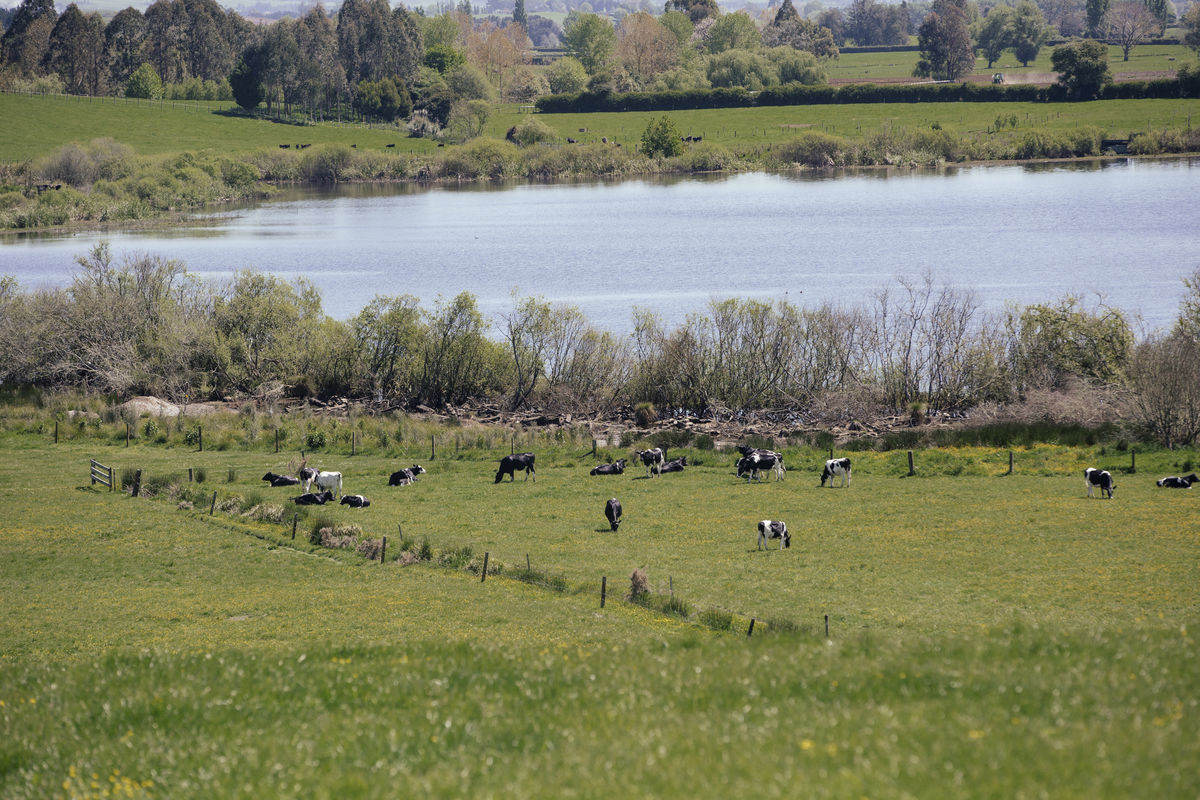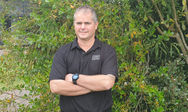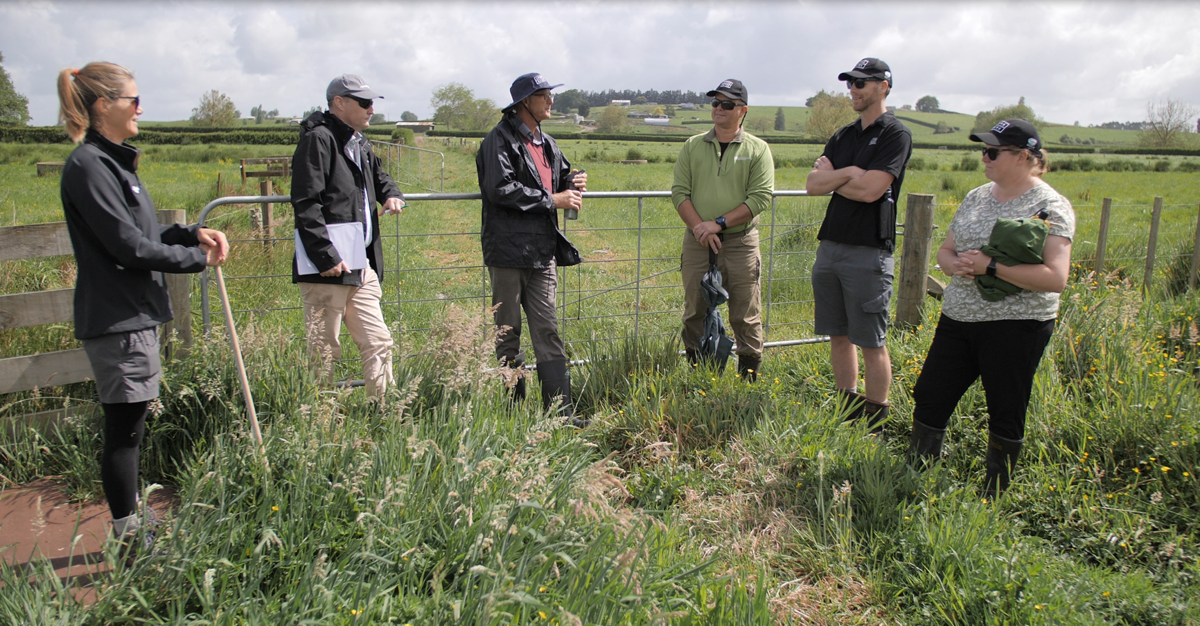
Manga-o-tama Catchment project
What is the project?
The Manga-o-tama Ōhaupō Peat Lakes to Waipā River Connection project brings together Iwi partners, Nga Iwi Tōpū O Waipā - Ngāti Apakura, Ngāti Hikairo, Ngāti Mahanga, local farmers and stakeholders including Waipā District Council, Waikato Regional Council, NZ Landcare Trust and the Manga-o-tama Stream and Wetland Restoration Trust (MSWRT) to work on a catchment-wide approach to improve water quality and restore habitat for native biodiversity along the Manga-o-tama stream. In mid-October 2021 the Waikato River Authority (WRA) approved $388,000 of funding for a two-year work programme.
What is the problem?
The Manga-o-tama stream flows from Ōhaupō in the east to the Waipā River near Ngāhinapōuri in the west. Water quality monitoring from Lake Ruatuna and surrounding waterways show that water quality is poor with elevated levels of sediment, nutrients and pathogens. It is likely that water passing through the catchment into the Waipā River is equally poor. This is an issue because the Manga-o-tama catchment is an important migration route for native fish species such as short finned and long finned eels that migrate between Lake Ngaroto and upper catchment tributaries and the ocean to complete their life cycle. Other native fish recorded in the Manga-o-tama stream include banded kōkopu, black mudfish, common bully, cran’s bully, koura, smelt and torrent fish. Several rare species have been recorded at the site including pūweto/spotless crake and Pekapeka-tou-roa/long tailed bat, one of only two remaining species of native land mammals in New Zealand. The survival of these native species depends upon improving the water quality and restoring the habitat along the waterways and wetlands. Various agencies, community groups and independent landowners are actively involved with restoration work on lakes, wetlands and waterways within this catchment. However, the issues weren’t being solved due to groups working individually and focussing on distinct areas, rather than taking a ‘whole of catchment’ approach.
What’s the overarching vision for the project?
The vision for the Manga-o-tama Ōhaupō Peat Lakes to Waipā River Connection project is to make a measurable improvement to water quality by working with Iwi partners, a range of stakeholders and farmers to make the catchment more visually appealing, filter out sediments, nutrients and pathogens and provide habitat to indigenous birds, bats, fish, and invertebrates.

Dion Patterson

Rose Graham

What goals have been set for the two-year project to achieve?
A primary goal is to gain an improved understanding of the impacts to water quality within the catchment and with tools developed by industry (FEP’s) and the Living Water evaluation, prioritisation, and solutions approach, then implement catchment remediations where they will benefit most. Supporting groups/projects actively involved with restoration in the catchment to maintain gains from previous restoration effort, while looking for opportunities to expand is another important goal. A further goal is to have 100% of the 38 Fonterra farms within the Manga-o-tama catchment plus the 6 highest ranking non-Fonterra farms with fully completed Farm Environment Plans (FEP) by the end of the project. The final goal is developing a robust catchment restoration project plan to use to launch Manga-o-tama Catchment Restoration ‘Stage 2’ Implementation.
What specific improvements are planned to occur over the two-year project?
Over the two-year period the project will maintain 30 hectares of planted areas, bringing willow, privet and other weeds under control, retire 2 hectares of farmland, and install 7.9 kilometres of fencing to protect wetland and riparian waterways which will be planted up with 16,000 plants. Creating a buffer of riparian vegetation between farmland and wetland will assist in filtering nutrients, sediment, and pathogens from farm runoff. Extensive planting around wetlands, lakes and streams in the catchment will create a corridor for native bird species and native bats.
How will progress be measured?
A water quality monitoring regime will be established at specific points or branches of the Manga-o-tama Stream. Conventional sampling techniques will be considered as well as exploring the possibility of real time in-stream monitoring devices. Fencing, planting and weed (pest tree) work will be geospatially captured in a purpose-built ArcGIS Online (AGOL) mapping project. Drone aerial photo points and video will be used to create story maps to depict project achievements.